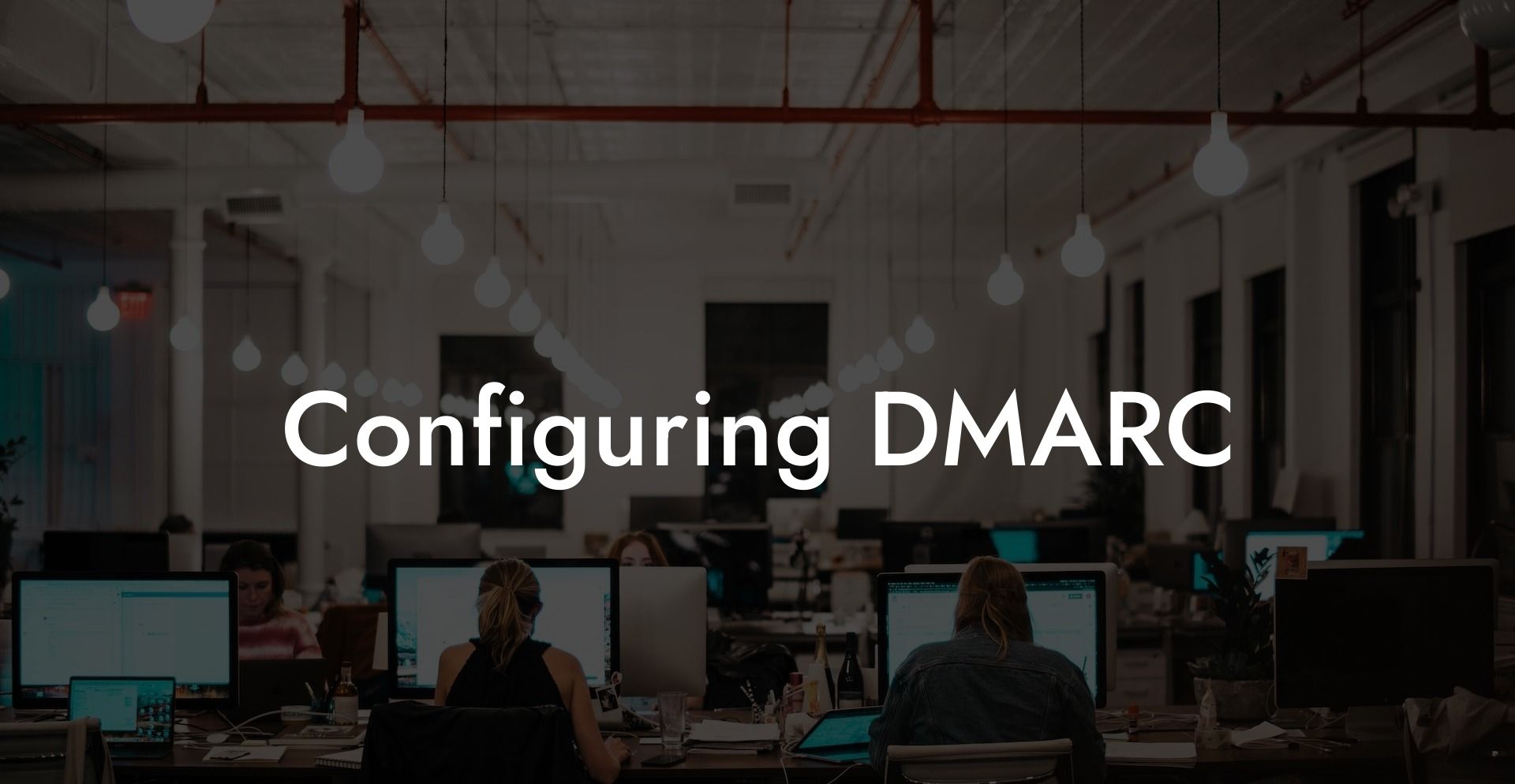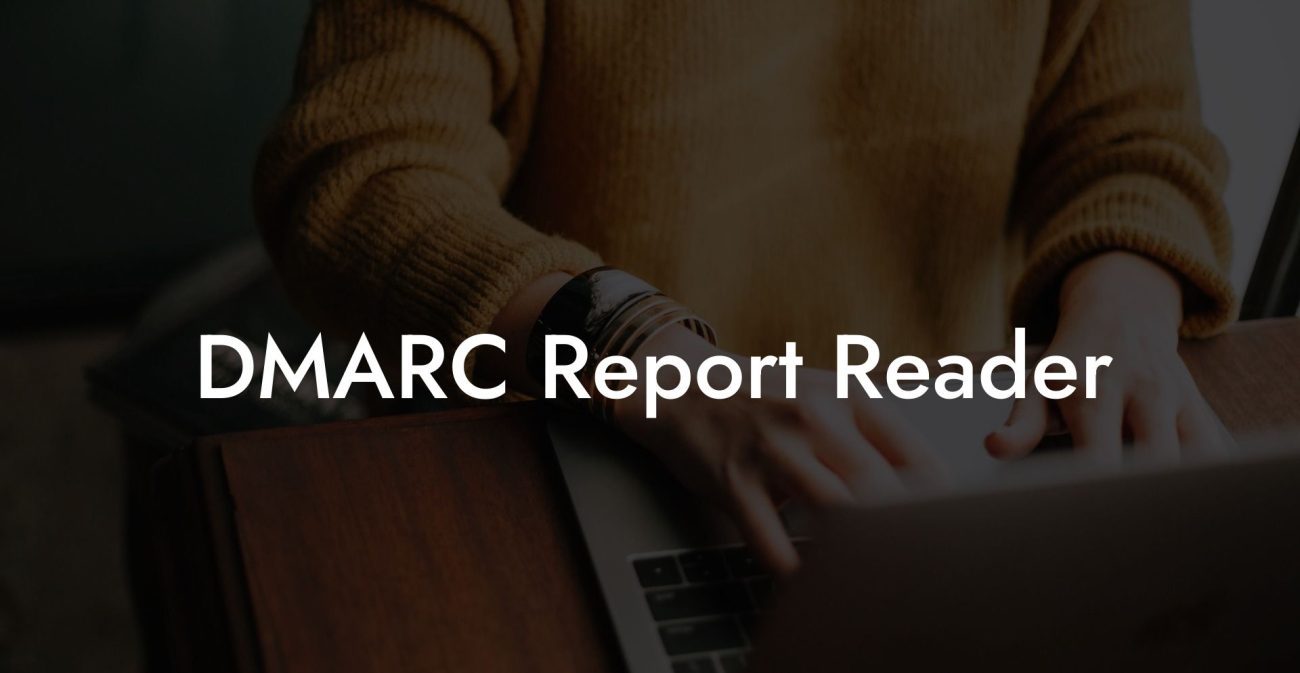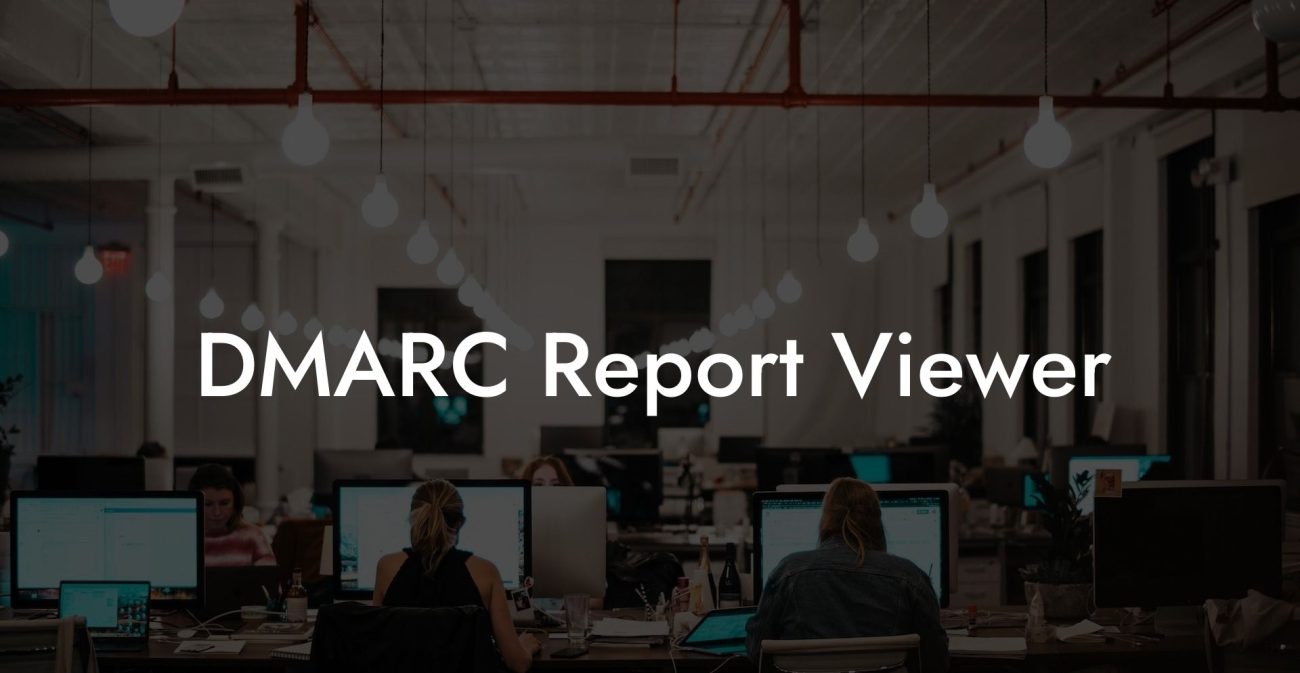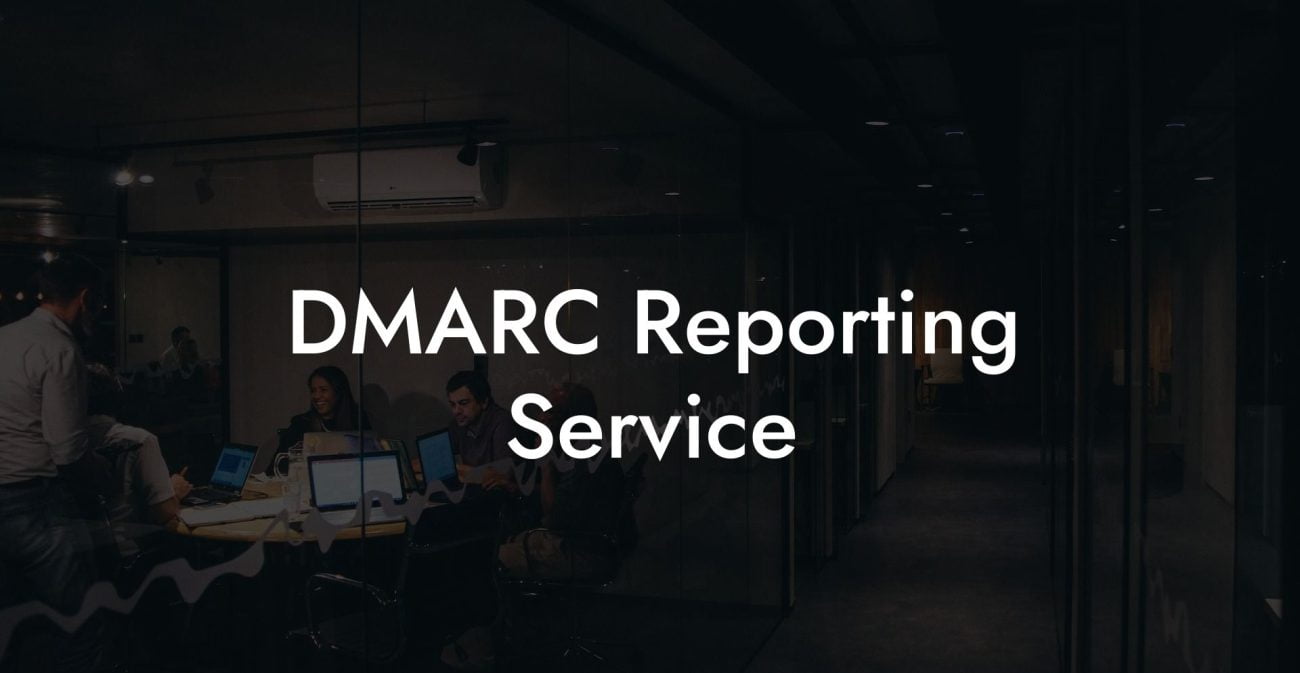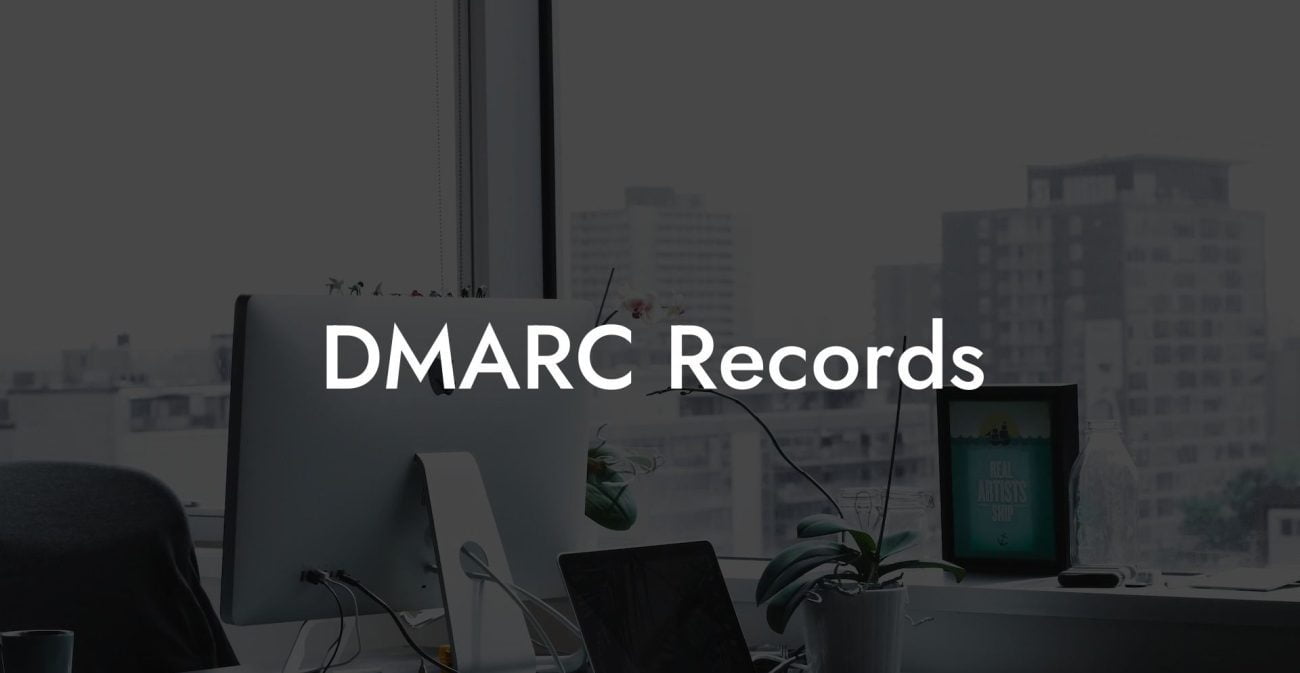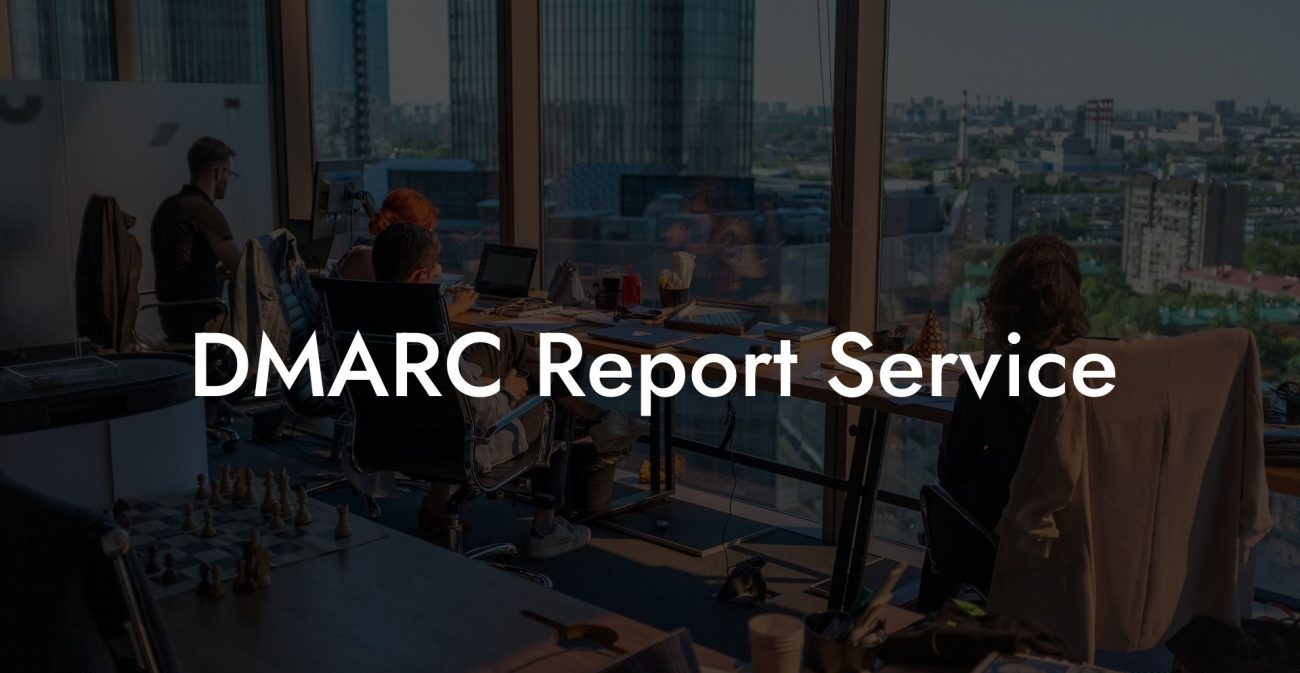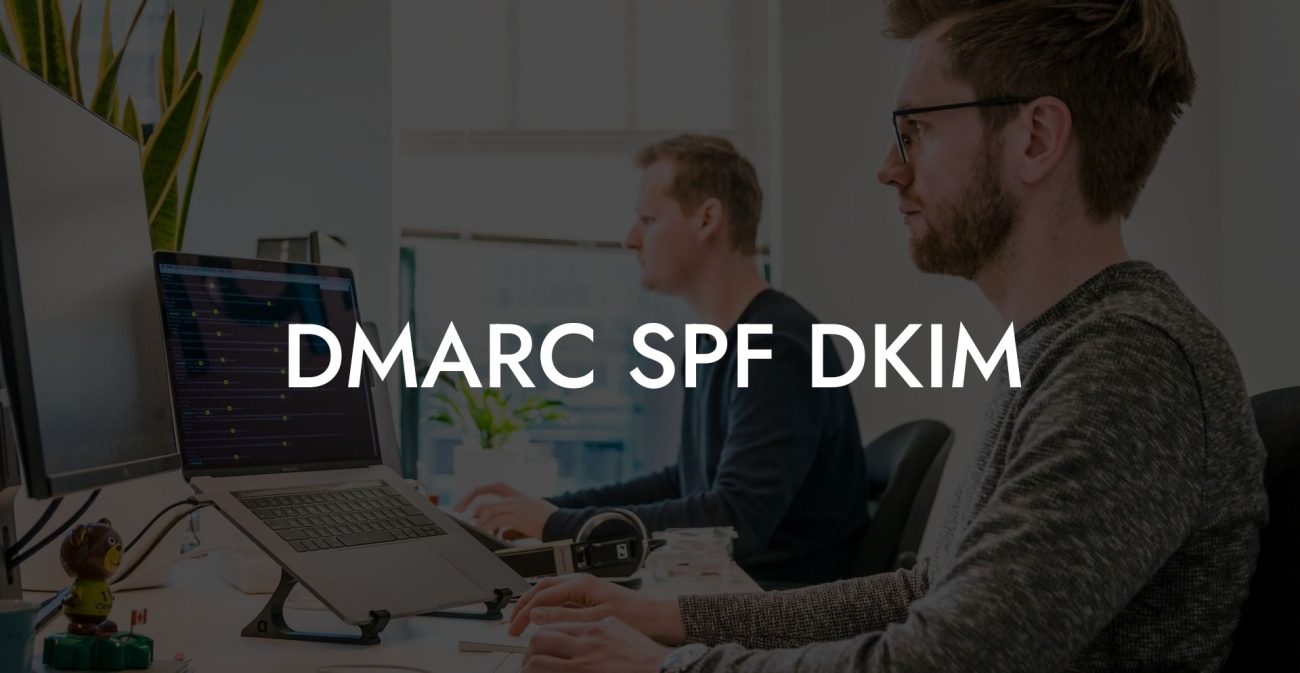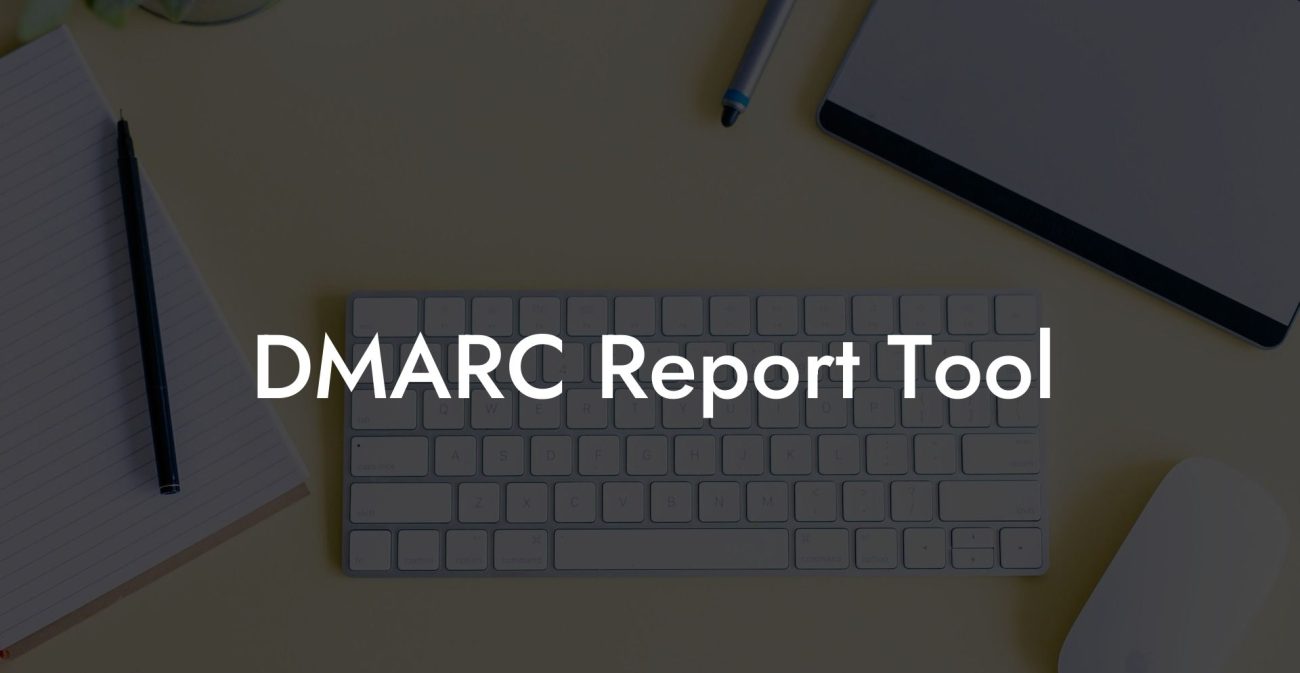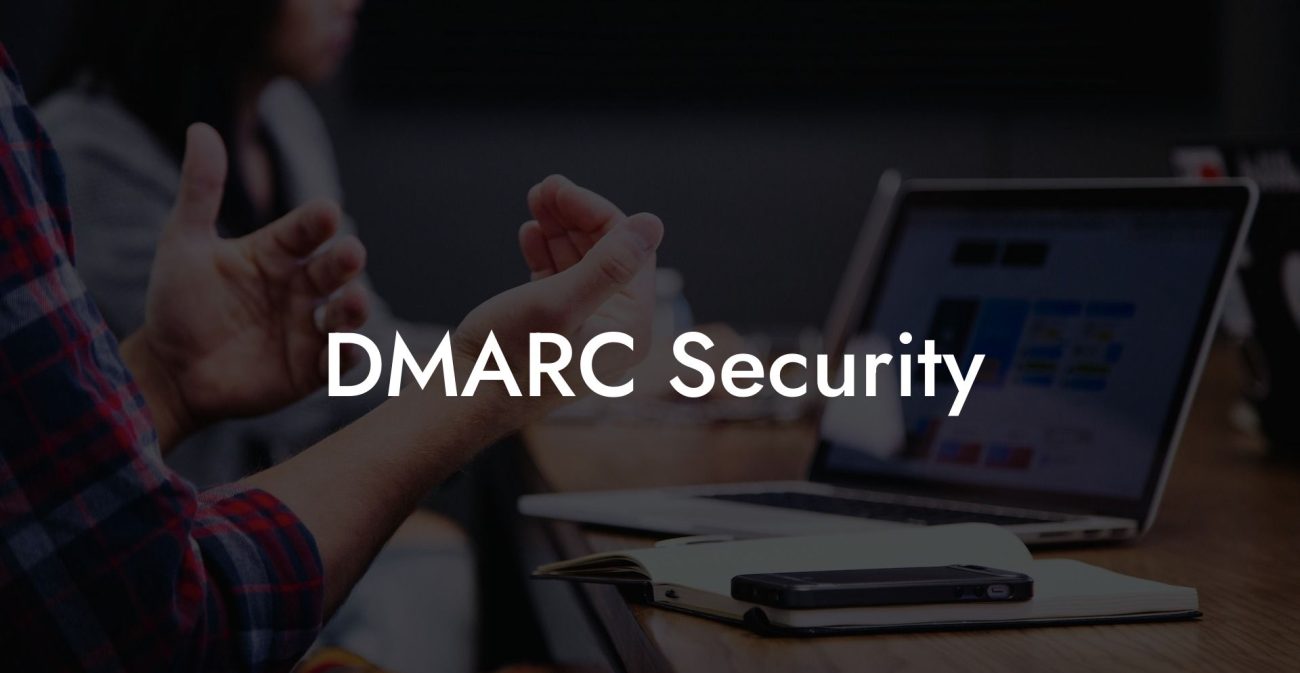In today's increasingly digital world, businesses and individuals alike need to stay vigilant against cyber threats to protect their sensitive data. One such threat is email-based phishing attacks. DMARC (Domain-based Message Authentication, Reporting, and Conformance) is an email authentication protocol designed to help organizations combat these types of attacks. This blog post will dive deep into the configuration of DMARC and offer a detailed step-by-step guide to help you secure your email domain.
Configuring DMARC Table of Contents
What is DMARC?
DMARC is a powerful email authentication system that allows email domain owners to protect their domain from unauthorized use, also known as email spoofing. It uses two other email authentication standards, SPF (Sender Policy Framework) and DKIM (DomainKeys Identified Mail), to verify that an email's sender is legitimate and authorized by the domain owner.
Benefits of DMARC
- Prevents email spoofing and phishing attacks
- Increases email deliverability
- Protects brand reputation
- Provides reporting on email authentication performance
Configuring DMARC: Step-by-Step Guide
Step 1: Implement SPF and DKIM
Protect Your Data Today With a Secure Password Manager. Our Top Password Managers:
Before implementing DMARC, you must first set up SPF and DKIM for your email domain. SPF allows email receivers to verify that sent emails are authorized by the domain owner, while DKIM adds a cryptographic signature to outgoing emails which can be checked for authenticity.
Step 2: Create a DMARC Record
A DMARC record is a TXT record added to your domain's DNS (Domain Name System) configuration. The record contains the DMARC policy and other settings such as reporting format and email addresses to receive reports.
Step 3: Define DMARC Policy
Your DMARC policy instructs email receivers how to handle emails that fail DMARC validation. There are three policy options:
- None: No action is taken, but reports on failed messages are sent to the domain owner
- Quarantine: Failing emails are marked as suspicious, possibly directed to the spam folder
- Reject: Failing emails are blocked from being delivered
It is recommended to start with the "None" policy, and only transition to "Quarantine" or "Reject" after thorough testing and monitoring.
Step 4: Configure Reporting
DMARC provides valuable reports that offer insight into your domain's email authentication performance. To receive these reports, add email addresses to your DMARC record for aggregate (RUA) and failure (RUF) reports. The RUA reports provide an overview of all emails sent from your domain, whereas the RUF reports contain details on individual failures.
Step 5: Monitor and Adjust
Analyze the DMARC reports regularly to identify any issues or unauthorized sending attempts. Based on these findings, modify the SPF, DKIM, and DMARC configurations as needed to optimize email deliverability and security.
Configuring DMARC Example:
Consider a company, ABC Corp, that wants to implement DMARC to protect their email domain. They first set up SPF and DKIM for their domain. Then, they create a DMARC record with the following policy: "v=DMARC1; p=none; rua=mailto:dmarc_reports@example.com; sp=none; aspf=r;"
This policy instructs email receivers to take no action on failing emails but send RUA reports to dmarc_reports@example.com.
After some time, ABC Corp has collected enough data to analyze and sees a pattern of unauthorized emails. They upgrade their DMARC policy to "p=quarantine", thus directing suspicious emails to the spam folder. Over time, after necessary adjustments and continuous monitoring, they increase their email security by implementing the "p=reject" policy.
Configuring DMARC is a crucial step towards protecting your email domain from phishing and spoofing attacks. It can greatly improve your email deliverability and safeguard your brand's reputation. When implemented correctly, this will help secure your digital assets and provide valuable insights into your email ecosystem. Start setting up your DMARC configuration today and join the fight against cyber threats.
Feel free to share this informative guide with your professional network, and explore our other blog posts on Voice Phishing to better understand the multifaceted world of cybersecurity.
Protect Your Data Today With a Secure Password Manager. Our Top Password Managers:

